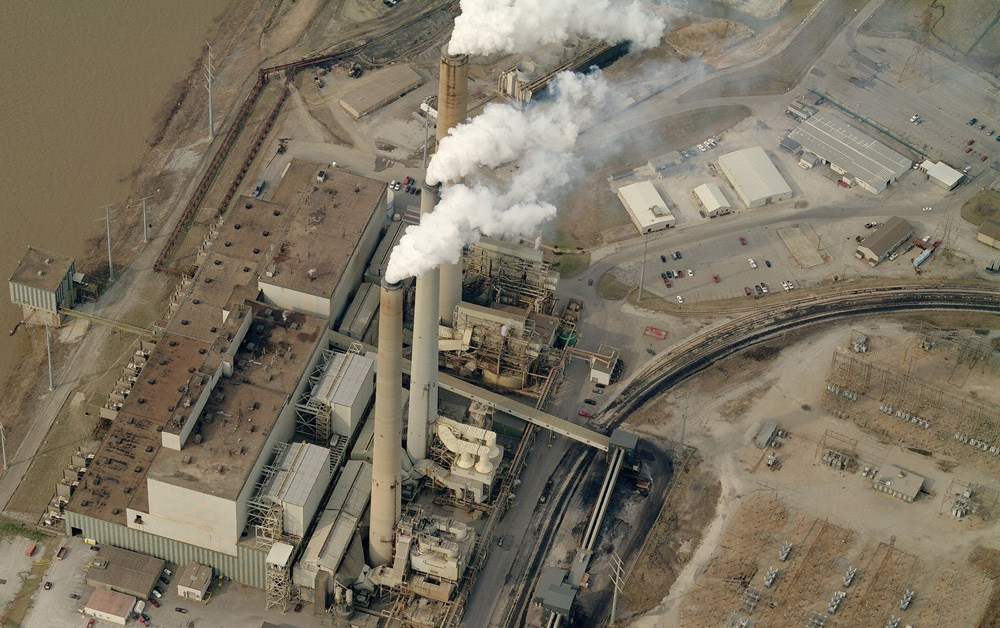Louisville made it into another ranking recently, although this time it’s a bit of bad news. The Mill Creek Station coal power plant in far southwest Jefferson County was listed among the top 50 worst sites for toxic chemicals stored in open lagoons. These toxic lakes contain such niceties as arsenic, chromium, lead, nickel, selenium, and thallium.

The report called Disaster In Waiting was issued by the Environmental Integrity Project and used reports issued by LG&E to determine levels of the chemicals. You might remember less than a month ago, what might have been the nation’s worst environmental disaster just outside Knoxville when an ash pond dam broke and sent the sludge stew barreling through the environment. Here’s a little bit from the Herald-Leader who reported the study:
“We wanted to know are there other sites around the country that posed a similar risk,” said Eric Schaeffer, director of the project, an environmental advocacy group founded by former EPA enforcement attorneys.
The risk, he said, could come from catastrophic dam failures such as the one in Tennessee, or from chemicals seeping into groundwater.
Chris Whelan, a spokeswoman for LG&E and its subsidiary, KU, said her company’s plants were on the top 50 list because they are large plants that burn a lot of coal.
“These plants are among the top 50 in the country, so the more ash we produce, the more likely we’re going to be on those reports,” she said.
The Mill Creek Station was built in 1972 and burns 3.7 million tons of coal per year (and to think, Louisville has a soot problem). The plant is now fully scrubbed resulting in the manufacture of a lot of gypsum board, commonly used in drywall for new construction. The net summer capacity is listed as 1,470,000 kilowatts and is LG&E’s largest plant. The coal plant ranked anywhere from 11th worst to 32nd worst depending on the chemical in question. You can download the report (including some nasty health problems caused by each chemical) from the EIP’s web site.
- 8 ash ponds rated ‘worst’ (H-L)
- Google map of the Mill Creek Station (Google)
- Info on local power plants (Eon.us)
- Disaster In Waiting report (EIP)


